How To Potty Train A Puppy? A Step-by-Step Guide

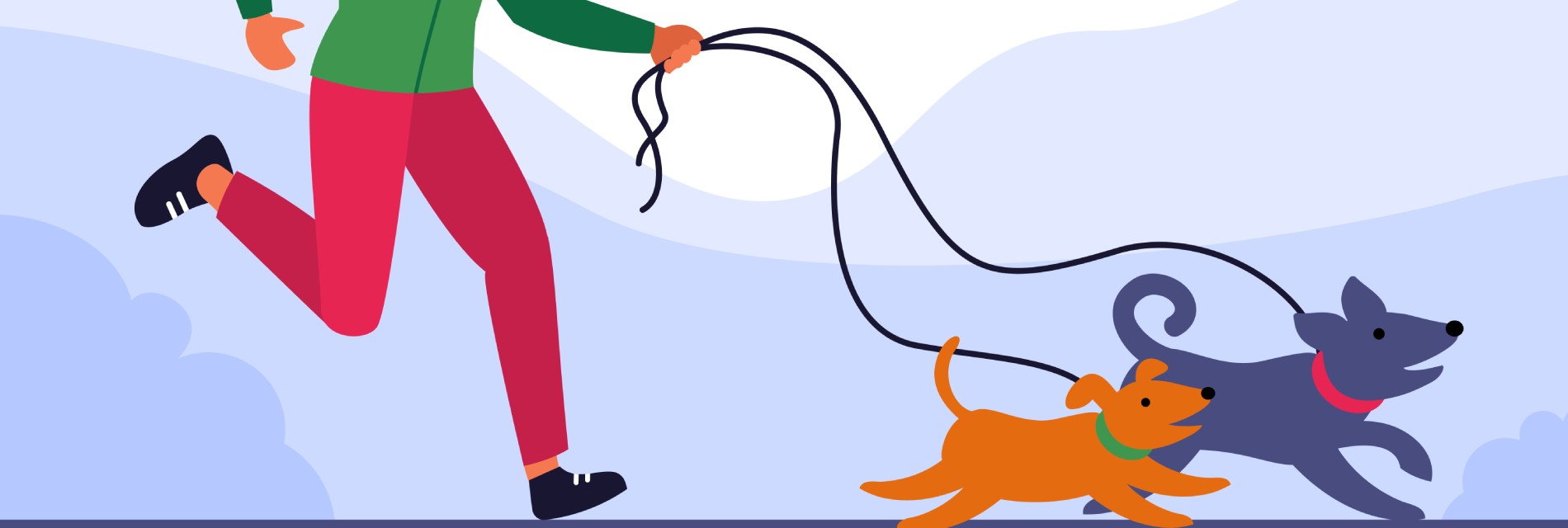
Bringing home a new puppy is an exciting experience and involves endless cuddles and playtimes. But it also comes with a significant responsibility: how to potty train a puppy. It is a crucial step in puppy care and should not be overlooked, as it ensures your furbaby learns when and where to do its business.
Housetraining a new puppy can be a daunting task for any first-time dog owner. But fear not! With some time, effort, patience, and consistency on your part, you will have a house-trained pup in no time.
In this step-by-step guide, we will walk you through the process of potty training a new puppy. From creating a daily routine for dogs to handling accidents, we will cover everything you need to know about how to potty train your new puppy. Let’s get started!
What Is The Right Time To Start Toilet/Potty Training a Puppy?
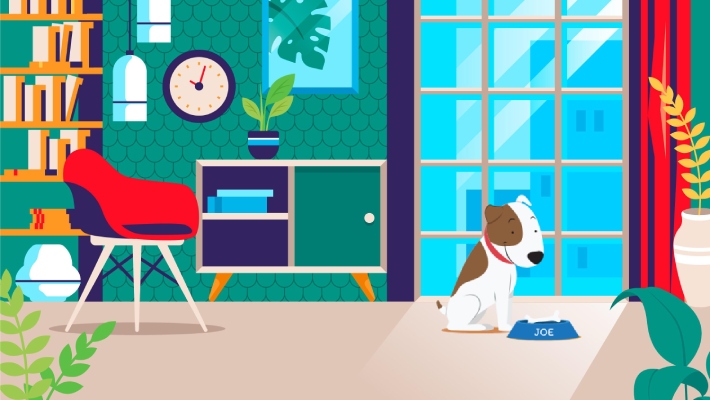
Before we move on to discuss how to potty train a puppy, let’s first take a look at the right time to start potty training a puppy. The best time to start potty or toilet training a puppy is from the very first moment you bring them home. Generally, puppies that come from a responsible breeder are around 8-9 weeks old when they go to a new home. In the case of small or toy dog breeds, it may be around 12 weeks of age.
It is instinctive for dogs or puppies not to relieve themselves where they sleep. Around 3 weeks of age, puppies learn from their mothers to eliminate away from their sleeping and eating areas. You can consider building on this natural instinct when you start house-training your new puppy.
However, you should note that there may not be a lot of progress until the puppy is 12-16 years of age. This is because puppies usually gain full control of their bladder and bowel when they are about 12-16 weeks old.
Nevertheless, you should still start potty training a puppy as early as possible since their young age makes them more receptive to new habits and routines.
How To Potty Train A Puppy At Home?
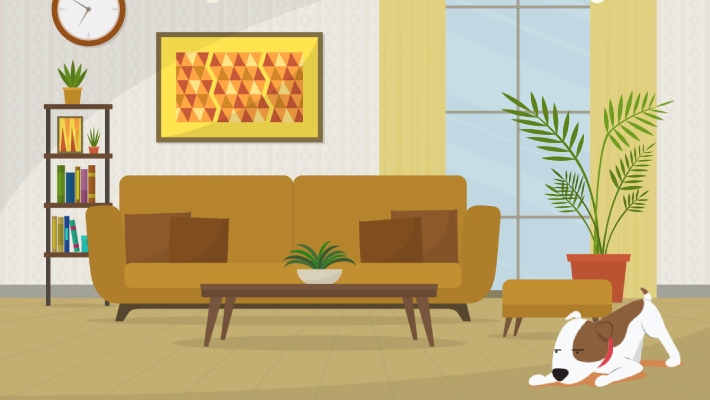
By now, you know that toilet training, also called potty training puppies, is an important step in welcoming a new puppy into your home.
Here is a breakdown of some of the key steps in puppy potty training. Check them out:
Step 1: Create a Potty Training Routine
The first step in potty training a new puppy is to establish a routine. Puppies have small bladders and need to relieve themselves frequently, so it is essential to take them out for potty breaks at regular intervals throughout the day.
A good rule of thumb is to take your puppy out first thing in the morning, after meals, after naps and play sessions, and one final time before bedtime. Taking your puppy outside at frequent intervals will not only help in avoiding accidents but also teach your puppy when it is time to go potty.
Remember that puppies under 24 weeks old may need to go at least 3 to 5 times. However, this can vary a lot depending on the breed, weight, size, intelligence level, and age of the puppy. If you are not sure about when to take your puppy outside, remember the rule of month plus one.
The number of hours your puppy should be able to control the bladder is equal to the age of your puppy in months plus one more. So if your puppy is 2 months old, then the number of hours you should be able to hold their pee is 2+ 1 hours, which is equal to 3 hours.
Step 2: Choose a Spot for Potty
Puppies are creatures of habit, and they will quickly learn where to go potty if you consistently take them to the same spot. Choose a specific spot in your yard or a designated potty area, and always take your puppy there to do their business.
Be sure to clean up after your puppy each time and keep the potty spot free of any distractions or toys. This will help your puppy focus on their potty business and establish a routine.
Step 3: Use Positive Reinforcement
Positive reinforcement is a crucial aspect of potty training a new puppy. Whenever your puppy successfully goes potty in the designated spot, reward them with treats and praise. This will encourage them to repeat the behavior in the future.
It is important to use positive reinforcement and not punishment when potty training your puppy. Punishing your puppy for accidents or not going potty in the right spot can lead to fear and confusion, making potty training even more challenging.
Step 4: Watch for Signs
Your puppy can’t tell you in words when they need to go potty. However, puppies often display certain behavioral changes that indicate that they want to go. It is up to you to learn and keep an eye out for these key signs. These are as follows:
- Whining or barking: This is a general sign of needing something, and potty breaks are a common need for puppies. They might whine near the door or persistently at you.
- Circling or sniffing: Puppies will go around in circles and sniff the ground at the same time. This behavior indicates that they are searching for a suitable potty spot. If you see this behavior inside, it’s a strong sign they need to go outside.
- Restlessness or pacing: A puppy that is acting restless and can’t seem to settle down is a sign that they are feeling the urge to eliminate.
- Squatting: This is the most obvious sign – if your puppy squats down, it’s time for a potty break immediately!
- Going to the door: Some puppies learn to scratch or paw at the door to communicate their need to go outside.
- Returning to soiled areas: If your puppy eliminates in the house and then returns to sniff or linger around that spot, they might not have fully emptied their bladder or bowels.
Watch out for these body language and take your puppy out immediately. This will prevent accidents and reinforce the behavior of going potty in the designated spot.
Step 5: Supervise and Limit Freedom
Puppies should not have free roam of the house until they are potty trained. They can easily get distracted and have accidents when you are not looking. So it is essential to supervise your puppy at all times when they are not in their designated potty spot.
This is because a close watch will allow you to catch early signs that your puppy needs to go potty and whisk them outside before an accident happens. This keeps your house clean and avoids confusion for your pup.
You can also limit your puppy’s freedom by using baby gates or crate training. This will give you peace of mind and prevent any accidents from happening when you are not watching.
Step 6: Handle Accidents Gently
Accidents are bound to happen during the potty training process, and it is crucial to handle them gently. If you catch your puppy in the act, clap your hands or make a loud noise to startle them. Then, take them outside to the designated potty spot to finish their business.
Do not punish your puppy for accidents, as it will only confuse them and make the training process longer. Clean up the mess with an enzyme-based cleaner to eliminate any lingering smell that may encourage your puppy to use the same spot again.
Remember, potty training a new puppy takes time, and it is essential to be patient and consistent throughout the process. Your puppy will have accidents, and it is normal and expected. So don’t get frustrated or scold your puppy; instead, stay patient and continue with the training.
Consistency is also crucial in potty training. Stick to the same routine, same spot, and same positive reinforcement techniques. This will help your puppy understand what is expected of them and make the training process more effective.
Step 7: Be Prepared for Nighttime
Puppies have small bladders, and they may not be able to hold their bladder throughout the night. It is essential to take them out for potty breaks before bedtime and again first thing in the morning.
If your puppy wakes you up in the middle of the night to go potty, do not ignore them. This may lead to accidents and hinder the potty training progress. Stay consistent with the routine and positive reinforcement even during nighttime potty breaks.
Step 8: Use Potty Training Tools
Some dog owners find it helpful to use potty training aids such as potty pads or fake grass to help their puppy understand where to go potty. These aids can be especially useful for puppies living in apartments or during harsh weather conditions.
However, it is essential to note that these aids should be used as a temporary solution, and the ultimate goal should be to train your puppy to go potty outside in the designated spot.
Additional Tips on How to house-train a puppy
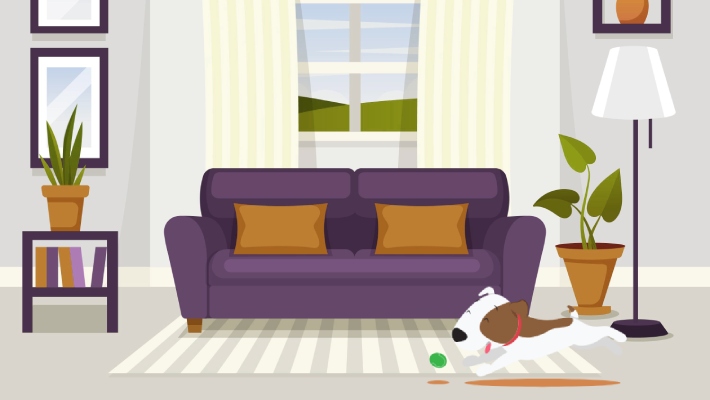
Want to know how to potty train a puppy quickly? You can consider following the tips below:
- Follow a fixed meal schedule for your puppy: Create and follow a fixed feeding schedule for your puppy. It will help regulate their elimination habits. Also, water intake should be limited to a few hours before bedtime to avoid nighttime accidents.
- Reinforcement is Key: When your puppy eliminates outdoors, don’t forget to let them know that they have done a good job! Positive reinforcement with praise, treats, or a short playtime session helps them associate going potty outside with positive experiences. It will also enable you to house-train your puppy within a very short time.
- Keep it short and sweet: Keep potty breaks outside brief and focused on elimination. This prevents playtime distractions.
Final Thoughts
Potty training a new puppy requires a lot of time, effort, and consistency. By creating a routine, using positive reinforcement, and being patient and consistent throughout the process, you can successfully potty train your puppy. You will also save yourself from a lot of stress and mess in the long run.
Always remember to handle accidents gently, supervise your puppy at all times, and limit their freedom until they are fully potty trained. It is a long process, so dont forget to celebrate every small success with your puppy and continue to use positive reinforcement to reinforce the behavior.
Remember, every puppy is different, and some may take longer to potty train than others. Stay patient and trust the process, and your puppy will eventually learn to go potty like a pro.






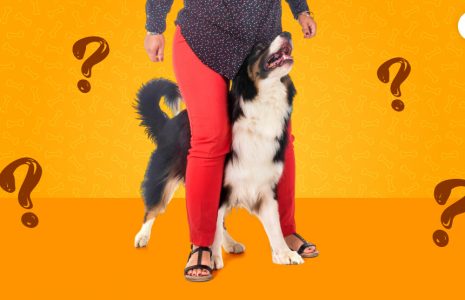
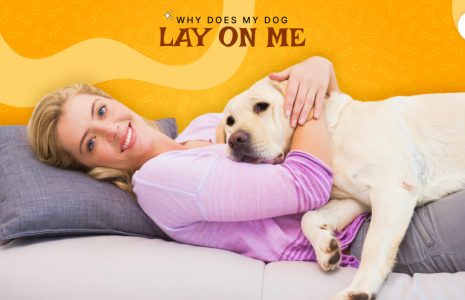
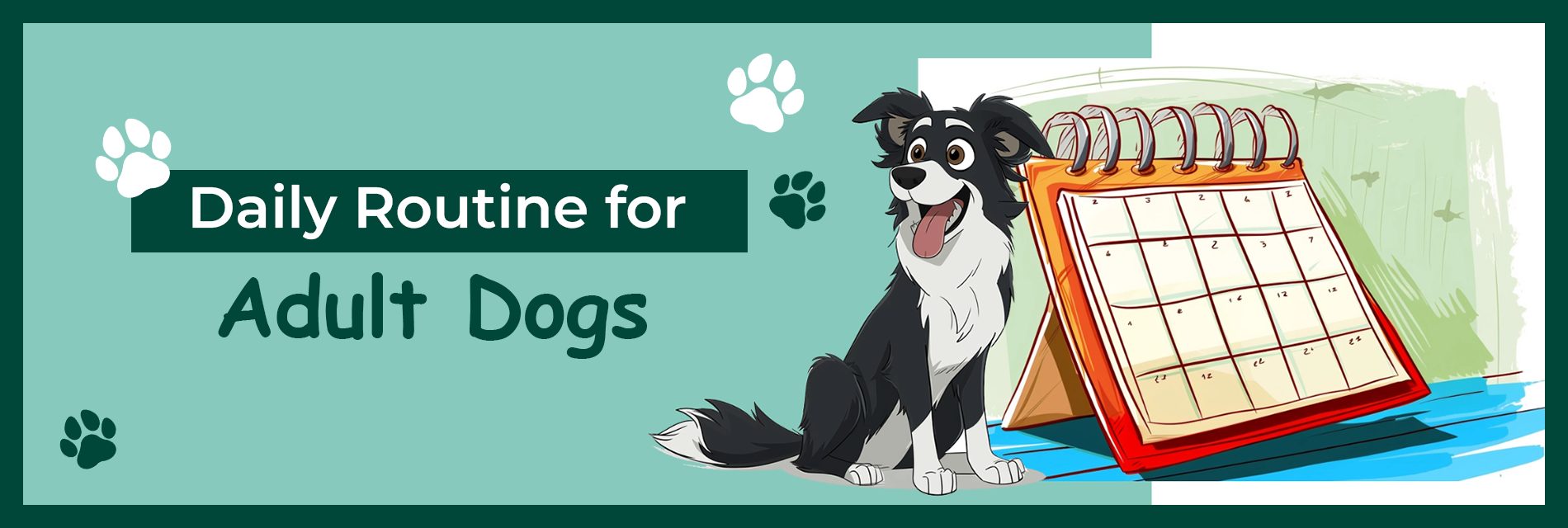
Leave A Comment